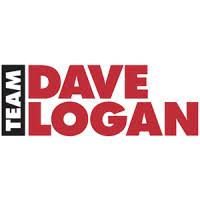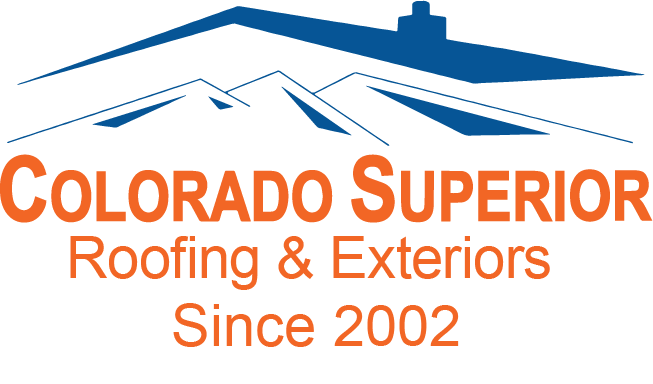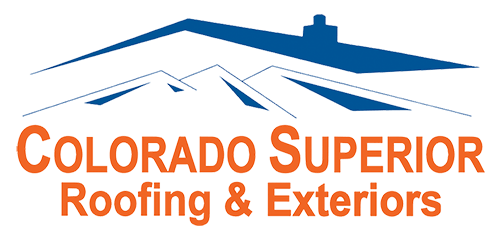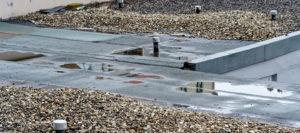Facility managers who follow the “don’t fix it unless it’s broken” commercial roof maintenance plan end up paying more in the long run. Unexpected roof leaks can also disrupt business operations and cause other headaches. A proactive commercial roof maintenance plan is simple, inexpensive, and has proven to be more cost-effective over time while extending the lifespan of commercial roofs.
Facility executives who simply react to problems as they occur pay more for maintenance, an average of 25¢ per square foot annually. Those who routinely inspect and repair proactively – before problems happen – spend an average of only 14¢ per square foot annually. Plus, proactively maintained roofs last an average of 21 years compared to an average lifespan of 13 years for roofs under reactive maintenance. (RoofingContractor.com)
Typical Colorado winter weather includes dramatic temperature fluctuations. These ups and downs cause repeated freezing, thawing, and refreezing of roof membranes. The resulting expansion and contraction can easily damage the integrity of your commercial roof. Plus, melted snow should properly drain and naturally evaporate. Any remaining ponding water can get into open seams and cracks and cause damage to the roof. It will also lead to wet insulation and compromise the structural integrity of the building.
Winter is the time to be vigilant. Failure to inspect your roof could lead to leaks and higher repair expenses. When water enters the building, it wreaks havoc on the interior, adding exponential costs and losses. Here are four ways a neglected roof can negatively affect your buildings and the businesses inside.
EQUIPMENT/INVENTORY DAMAGE.
Water entering your building can naturally damage walls, floors, and ceilings. It can ruin equipment, electrical systems, inventory, etc. Your best bet is to inspect the roof and address problems before they lead to leaks. But if you do spot a leak, act quickly to determine the source and temporarily stop water from entering. Check the most common leak points like roof penetrations, pipe jacks, cuts, tears, holes, open seams, and missing flashing.
SLIP AND FALLS.
Moisture on the floor from a roof leak can cause slip and fall hazards throughout the building. That means it can put you at risk for worker’s compensation claims or customer lawsuits. Be mindful of slip/fall hazards and quickly have them remedied.
WET INSULATION.
In addition to potential structural damage, wet insulation will increase monthly utility costs. When insulation gets saturated, it’s nearly impossible to dry the trapped water and prevent the moisture from accumulating. The U.S. Department of Energy estimates energy losses caused by thermal resistance, even from minor leaks, can be as much as 70 percent. Use infrared scanning to catch wet insulation before it becomes a costly problem. If any is found, remove it and replace it with the same R-value thickness.
MOLD AND INSECTS.
Moisture from a roof leak can serve as a source for mold and bacteria growth and attract cockroaches and other insects. Costs to mitigate mold or exterminate insects can add up if not dealt with timely. It can also lead to building code violations and business operation interruptions.
If you would like to take advantage of our FREE professional roof inspection, please give us a call. Contact our office at 303-937-7000. Or for more information, please check out https://www.coloradosuperiorroofing.com/commercial-roofing/






